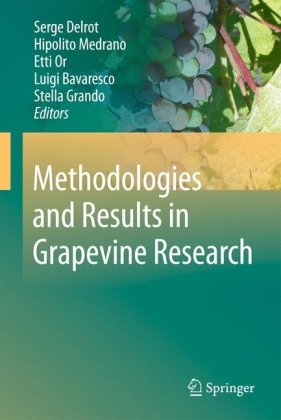

Most ebook files are in PDF format, so you can easily read them using various software such as Foxit Reader or directly on the Google Chrome browser.
Some ebook files are released by publishers in other formats such as .awz, .mobi, .epub, .fb2, etc. You may need to install specific software to read these formats on mobile/PC, such as Calibre.
Please read the tutorial at this link: https://ebookbell.com/faq
We offer FREE conversion to the popular formats you request; however, this may take some time. Therefore, right after payment, please email us, and we will try to provide the service as quickly as possible.
For some exceptional file formats or broken links (if any), please refrain from opening any disputes. Instead, email us first, and we will try to assist within a maximum of 6 hours.
EbookBell Team

0.0
0 reviewsGrapevine is a crop of major economical interest, and wine represents a multicultural heritage which has been growing since several milleniums. Yet, modern viticulture must face several challenges. Global climate has increased berry sugar content (and alcohol in the wine) whereas phenolic and aromatic ripeness are not always achieved. Water supply is becoming shorter. New varieties better adapted to new climatic conditions might have to be planted, which may affect wine typicity. Phytochemical treatments are more controlled, and the consumer pays increasing attention to environmentally safe practices. New methods reducing pesticide use, but maintaining yield and typicity, must be designed. The present book illustrates the recent progress made in ecophysiology, molecular and cell biology, and pathology of grapevine, as well as in precision viticulture and berry composition. Combination of these new tools with field observations will undoubtly make it easier to face the challenges described above. These multidisciplinary contributions will be of interest to anyone involved in grapevine and wine activities.